Antarctica Cruise Incidents
By Anne Kalosh.
The United States has joined investigations of four marine casualties involving injuries and deaths on expedition cruise ships in Antarctica this season.
These occurred with Viking’s 378-pax Viking Polaris, Quark Expeditions’ 172-pax World Explorer and Oceanwide Expeditions’ 108-pax Plancius.
The incidents took place between Nov. 15 and Dec. 1, 2022.
Who Investigates Antarctica Cruise Incidents?
Under international maritime law, the country where a ship is registered (the “flag state”) is required to investigate any serious marine casualty. The country where the casualty occurred (the “port state”) may also investigate.
None of the Antarctic incidents were on U.S.-flag ships but since they involved Americans, the United States is taking part (via the U.S. Coast Guard and the National Transportation Safety Board) as a “substantially interested state.”
Quark’s Zodiac Capsize
Two U.S. citizens died when a Zodiac from the Portuguese-flagged World Explorer, on charter to Quark Expeditions, capsized with six passengers near Elephant Island. Portugal is the lead investigative state.
Viking Polaris Injury
A U.S. citizen was injured when an inflatable boat from the Norwegian-flagged Viking Polaris, operated by Viking, sustained a keel-bladder failure near Damoy Point. Norway is the lead investigative state.
Viking Polaris Rogue Wave
One U.S. citizen died and four others were injured when Viking Polaris was struck by a large wave in the Drake Passage while transiting to Ushuaia, Argentina. Again, Norway is the lead investigative state.
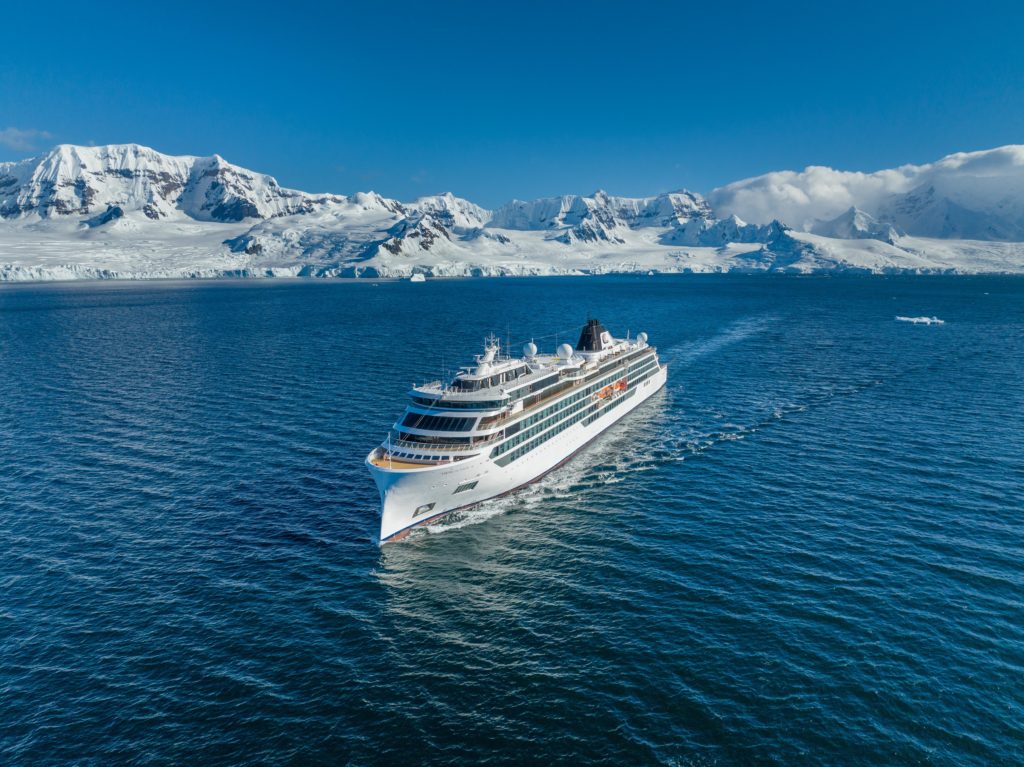
A Viking expedition ship in Antarctica. * Photo: Viking
RELATED: Ted tells us about the world’s roughest seas, which include the Drake Passage.
Plancius Death
A U.S. citizen aboard the Netherlands-flagged Plancius, operated by Oceanwide Expeditions, died from an injury sustained onboard. The investigation is led by the Netherlands and the Falkland Islands.
Quark and Oceanwide are very seasoned polar operators, with years of experience. Viking is a seasoned river and ocean-cruise operator that branched into expedition cruising in early 2022 with the first of two purpose-built ships.
As a journalist covering the cruise industry, I’m following these incidents. They particularly hit home for me since I was in Antarctica at the time they occurred.
I was sailing aboard Silversea Cruises’ new expedition ship, Silver Endeavour.
We immediately heard about the Quark Zodiac incident. News travels fast among expedition ship crews, and deaths from a Zodiac capsizing were shocking. Elephant Island was not far away from where we were sailing.
Scenic Eclipse Submersible Incident
We also heard about another incident involving a submarine from Scenic Luxury Cruises’ Scenic Eclipse that was carrying passengers on a dive in the Weddell Sea. According to Scenic, a “katabatic wind event took place” and ice floes held up the submersible’s return to the surface. Passengers were inside for two hours, Scenic said, and the submarine’s external tanks suffered “slight” damage.
In Antarctica, strong, fast-flowing katabatic winds from the coast can expose the water to extreme heat loss, sparking intense sea-ice production.
We experienced this on my Silver Endeavour cruise during a landing, and kayakers from the ship were immediately called in so they wouldn’t get trapped in the ice.
So, as with the Quark incident, the Scenic mishap sparked a lot of discussion on my cruise, including debate about submersibles in Antarctica. (Silversea, for one, does not operate submarines there, though several other companies besides Scenic do.)
The 2007 Sinking
I had first traveled to Antarctica in 1994, aboard a venerable ship that was built in 1969 as the forerunner of tourism to the White Continent. It went on to change hands a number of times.
In 2007, it was extremely sobering for me when that vessel, named Explorer, sank in Antarctica after striking ice.
Fortunately, the weather was calm and everyone made it into the lifeboats. They were rescued after some hours by another expedition ship. No deaths or serious injuries were reported. But things could have been so different if the weather wasn’t kind or another vessel wasn’t nearby or, or, or …
None of this season’s incidents come anywhere close to that. But they call attention to safety, weather and operations in remote areas.
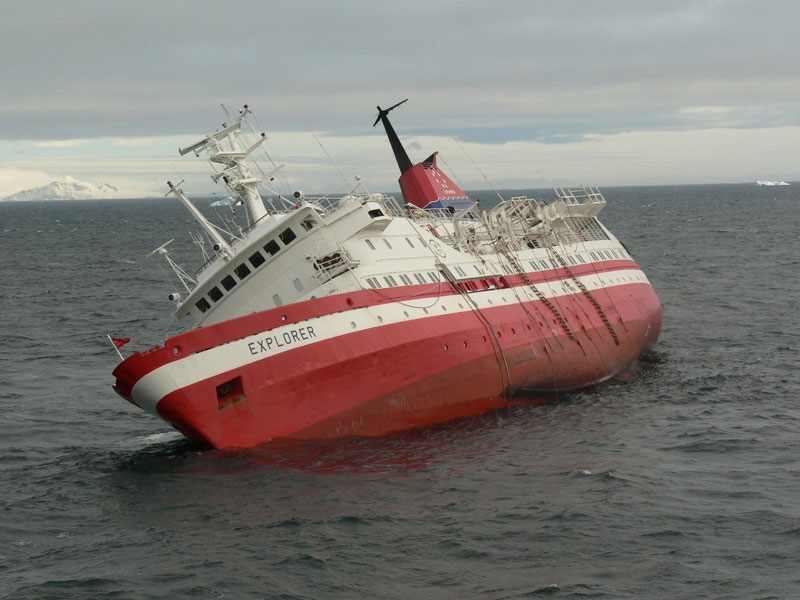
A 1969-built ship sank in Antarctica in 2007 after striking ice. * Photo: Reinhard Jahn published under Creative Commons license
Record Season?
The Antarctic season (October through March) is still under way, so final numbers are not available. It looks like a very busy period, probably a record, with new operators and ships, and following a couple years of pandemic suspensions.
The International Association of Antarctica Tour Operators (IAATO) estimates more than 106,000 visitors could be traveling in this 2022/23 season. Of those, approximately 36,000 were anticipated to travel on cruise-only vessels and not set foot on land.
This compares to the 73,670 visitors in the pre-pandemic 2019/20 season, including 18,506 on cruise-only vessels.
New Operators in Antarctica
In recent years, more lines have been flocking to Antarctica, and older ships are being replaced due to new safety requirements under the Polar Code, which entered into force in 2017.
New ships should be safer, incorporating the latest knowledge, design, equipment and systems. But the human factor and experience are also important, and some seasoned operators are concerned about rapid growth and inexperienced entrants.
The shocking 2007 sinking aside, Antarctica has a good safety record. And IAATO exists to “advocate and promote the practice of safe and environmentally responsible private-sector travel to the Antarctic.”
IAATO deferred to the investigative parties when I reached out to them about this season’s incidents.
I hope the investigations uncover learnings that will help foster safer operations for everybody in Antarctica.
Don’t miss a post about small-ship cruising, subscribe to QuirkyCruise.com for monthly updates & special offers!
© This article is protected by copyright, no part may be reproduced by any process without written permission from the author. All Rights Reserved. QuirkyCruise.com.

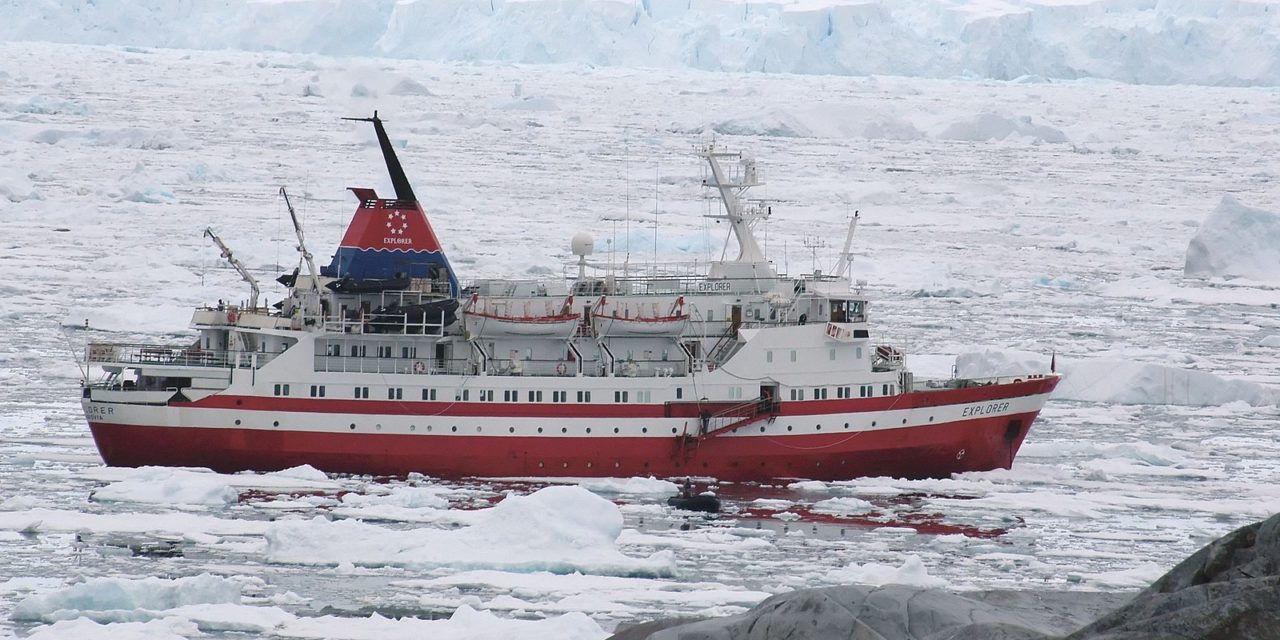
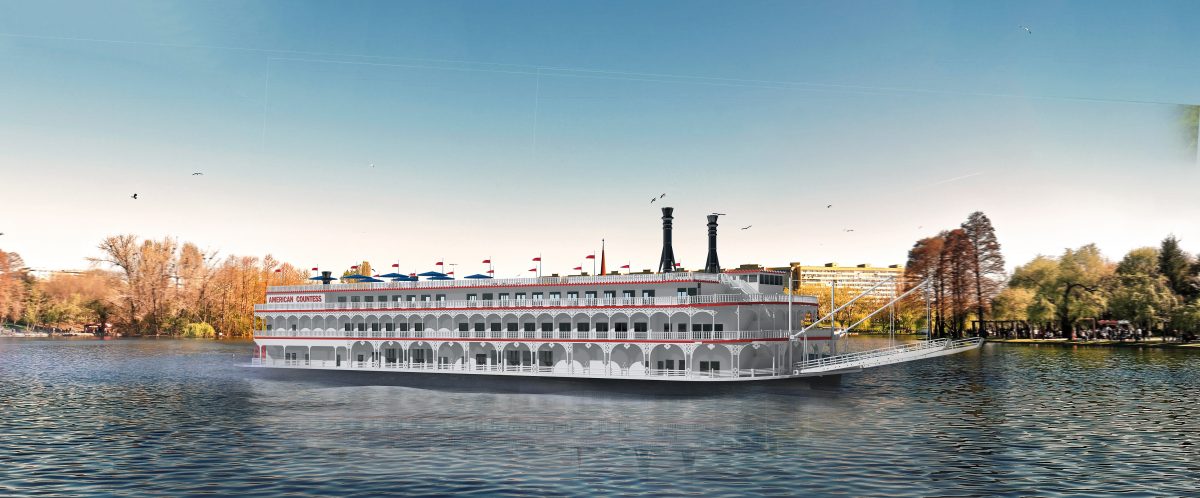
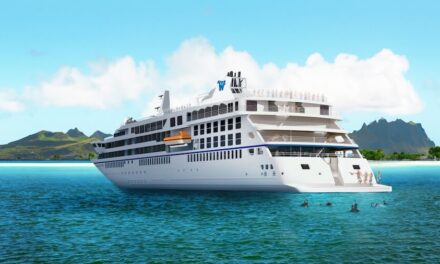
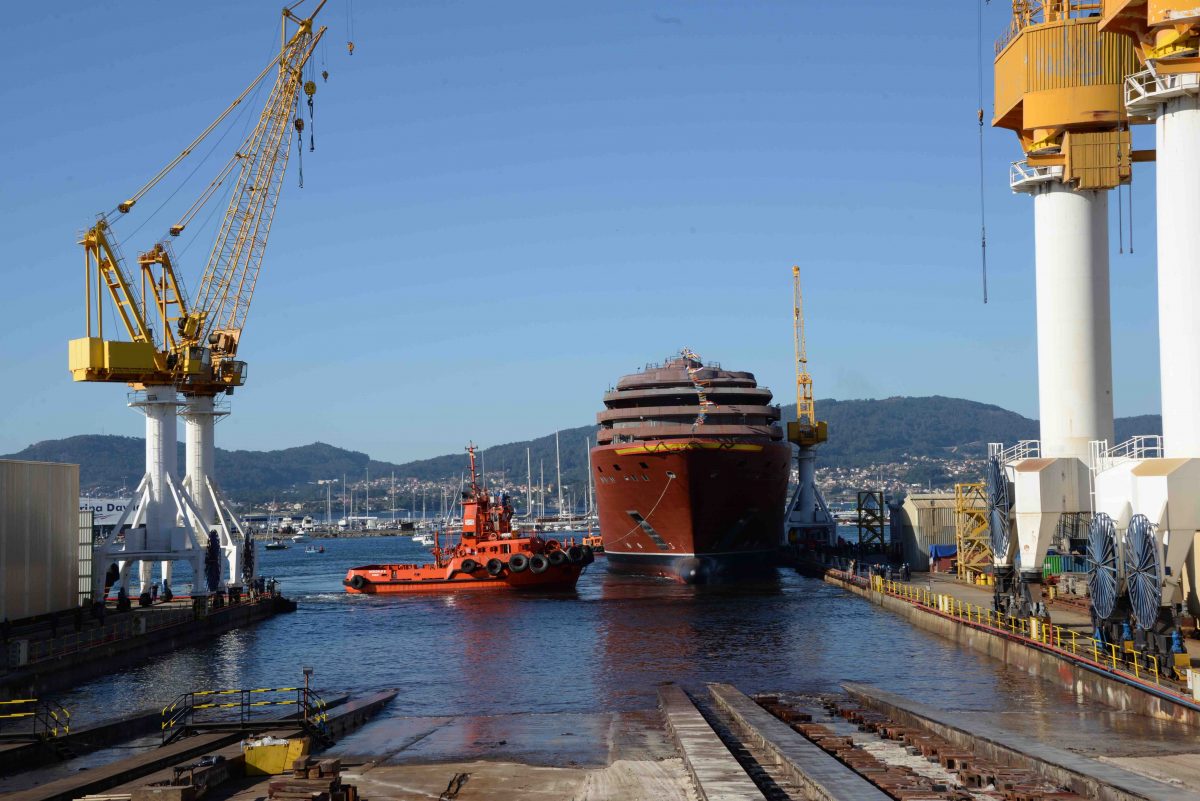
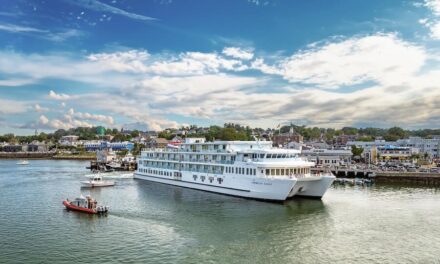








 HEIDI SARNA
HEIDI SARNA











